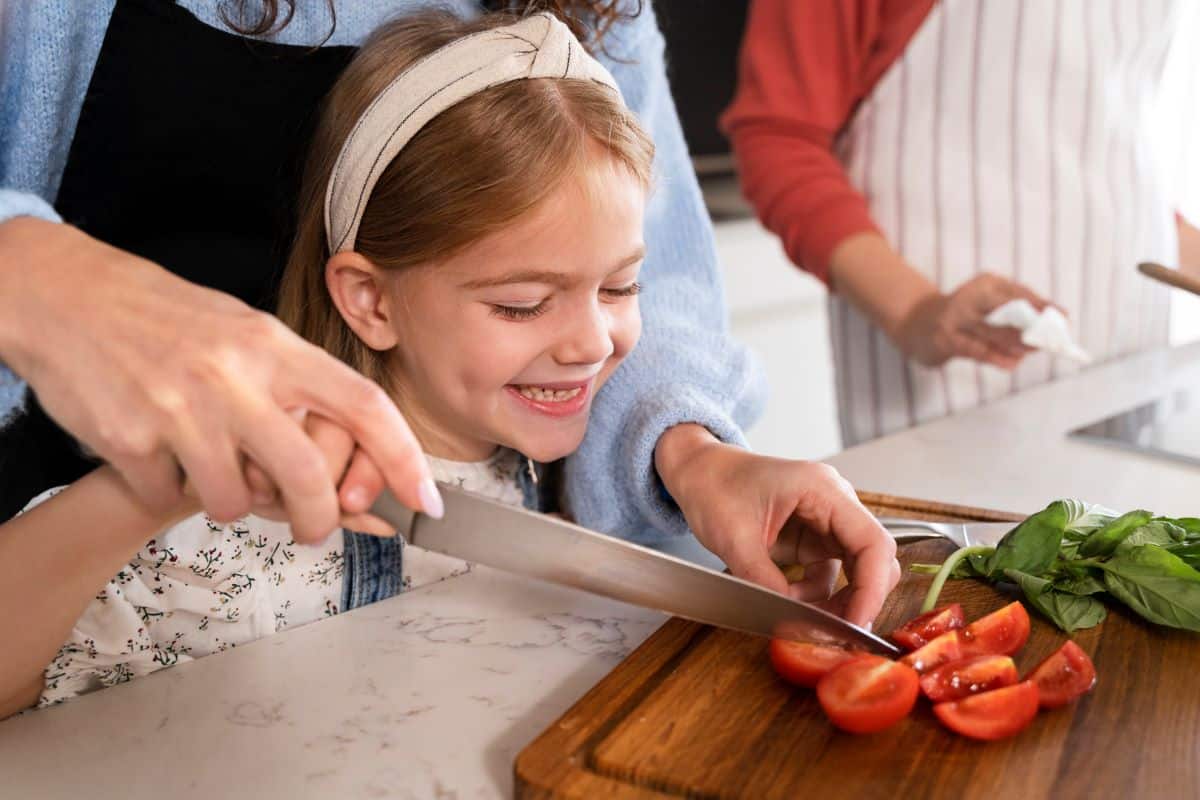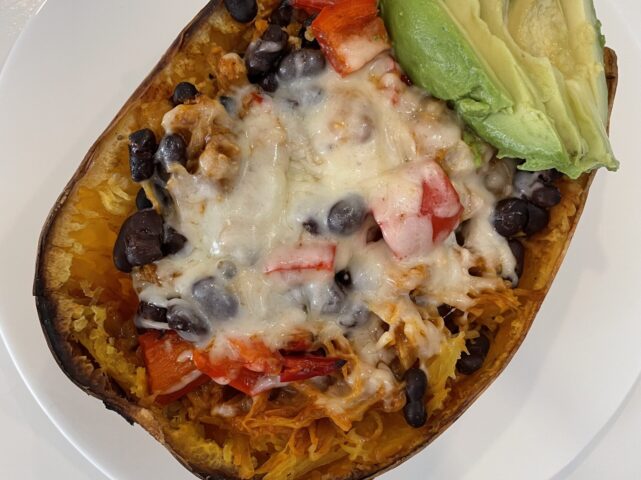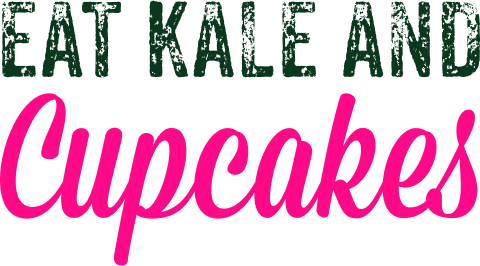1. Find Your “Micro-Moments”
It can be hard to focus on the positive, especially when our brain is biologically driven to focus on negative experiences to help us survive. But now we need to nourish it with positivity to navigate this new terrain.
Instead of lamenting the bad things that happened to us during the day, let’s try reframing our focus. Have you ever tried to keep a gratitude list of the small experiences or the “micro-moments” you are grateful for? This isn’t about the big house or brand-name clothing. This is about remembering the little details of your day that often go unnoticed, like the big, wet kiss from your puppy after a long day at work, the snow melting on your skin, or remembering the kind stranger who held open the door for you when your hands were full.
If journaling is your thing, keep a list of these “micro-moments” on a piece of paper or your phone and read it when you need a feel-good moment. Research has shown that recalling these moments with gratitude can increase dopamine levels. Try this before reaching for food when you are not hungry.
You can also check out the Dopamine Diary, a 3-minute guided journal designed to help you build a gratitude and positivity routine without the overwhelm of doing it yourself.
2. Explain your Mood
When you feel an uncomfortable emotion and reach for something sweet to ease or even numb yourself, could you instead try to pause and identify those emotions by using the Emotional Barometer? At Laura Cipullo Whole Nutrition & Yoga, we love this box of 20 cards that can help you physically identify what emotion you are experiencing to better determine how to act. Cards include obsessed, sulky, dreamy, and envious.
After determining your emotion (or emotions), will you address the feeling or decide to just allow yourself to feel it and let it pass?
3. Indulge the Five Senses
It isn’t hard to feel overwhelmed at dinner time. With plenty of notifications and distractions, we can quickly forget we are even eating and go far past our limits.
Instead of getting lost in the noise, focusing on restriction, or fearing a binge, tune into your five senses. Intentionally experience the pleasure of eating so you can become sated, both psychologically and physically. Follow your senses to make your meal an experience:
Sight – See the food: the colors, shapes, and different textures.
Smell – Smell the food from a distance. Then closer. Then immediately below your nose. What do you notice? How does that affect your heart rate?
Sound – Listen. Listen to the package opening, listen to the pop of the popcorn or the sizzling of your fajitas. Listen to your breath or perhaps the silence. What do you hear?
Touch – Touch your food with your finger or utensil. Is it slippery, wet, dry, bumpy, soft, crunchy or something else? Do you get more or less pleasure when you touch your food with your finger? What about the way it feels in your mouth?
Taste – Now taste your food. It will never taste or feel as good (dopamine response) as the first bite. There’s no reason to overeat because you will not get another surge of dopamine in the next bite. Instead, focus on how the sweet, sour, bitter, or umami tastes fade as you get more full.
Need an example? Watch Laura and Paige practice in the video, I Am Aware.
4. Contemplate Your Eating Experience
Disregard your former food and body beliefs and refresh your eating experience with global spiritual leader Thich Nhat Hanh’s book How To Eat. The book acts as a guide to become “truly nourished through the mindful preparation, serving, eating, and cleaning up of food”.
Read one contemplation before each meal and or snack. Perhaps you will express gratitude to the farmers who grow your food, slow down and eat more like Buddha, or turn off the TV and let the dialogue repeat in your mind. These short simple pages are sure to help you to pause and positively affect how you eat.
5. Ease Your Anxiety
Instead of reaching for the extra bite because you’re chasing the dopamine rush, let’s try to create our own calm with art activities such as coloring, paint by number, or diamond art. After finishing your meal, move to a new table and get lost in the art. You can even frame your art or turn it into a gift for a friend. These activities will keep your hands and mind busy so there will be limited room for negative food or body talk.
Johanna Brasford and Millie Marotta have my favorite adult coloring books. Paint-By-Number now offers the option to upload your favorite picture to paint. Diamond art has many of the same options.








